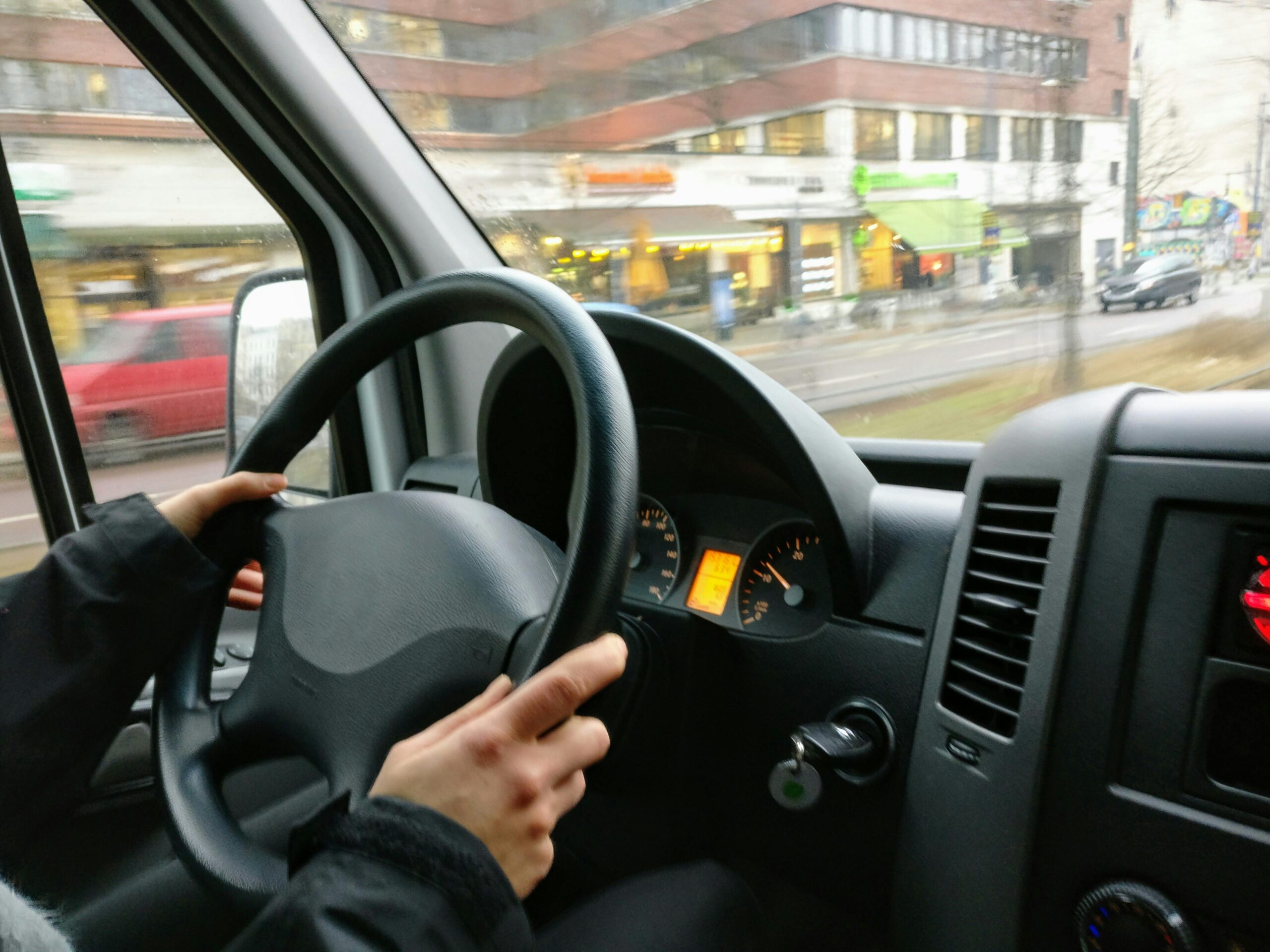Staying independent is something many older adults deeply value. As people age, daily routines that were once simple, like running errands, visiting friends, or attending appointments, can become challenging.
Many seniors face the difficult decision of giving up driving as their reflexes slow or their vision declines. Harvard Medical School suggests that age-related changes in vision, hearing, reaction time, physical strength, and cognition can gradually reduce driving safety for older adults. While some impairments (e.g., cataracts) can be treated or accommodated, more severe conditions like advanced dementia or major strokes often make safe driving unlikely.
While this choice often improves safety, it can also lead to a sense of loss and dependency. The inability to travel freely may limit their participation in community events or prevent them from accessing healthcare. Addressing this challenge requires more than sympathy; it calls for practical transportation solutions that preserve their sense of freedom and confidence.
Why Transportation Support Matters
For many seniors, access to reliable transportation is directly tied to their quality of life. Having safe travel options gives them confidence and a greater sense of freedom. It allows them to participate in community activities, maintain relationships, and continue engaging in meaningful pursuits.
Without transportation options, older adults can experience isolation, which may lead to loneliness and even depression. An NCBI study tried to determine transportation barriers among older adults in Wisconsin. Some of the barriers recognized include service hours, operational scheduling, getting in/out of vehicles, reservations, and trip destinations.
There are many ways communities and healthcare service providers can help seniors. For instance, services like ameribesthomecare.com recognize that transportation assistance is more than just driving someone from point A to point B. It’s about offering a dependable, compassionate hand that allows seniors to attend doctors’ appointments, visit loved ones, or enjoy social outings safely.
Similarly, communities can ensure there are wheelchair-accessible vehicles and ample public transit routes to help seniors. Transportation support is part of a broader care framework that keeps older adults engaged in their health routines. Thus, it can help reduce isolation and preserve seniors’ independence and dignity while managing daily tasks and medical needs.
Encouraging Social Interaction and Emotional Health
Mobility challenges often limit seniors’ social interactions, but transportation support can change that. Access to reliable rides allows them to visit community centers, attend religious services, and stay connected with friends. Going out regularly helps ease loneliness and strengthens social connections.
A Nature Journal study’s systematic review found that loneliness affects about 27.6% of this population worldwide. The prevalence is highest in North America (30.5%), particularly among older women (30.9%) and those living in institutions (50.7%). The analysis identified multiple health, social, and psychological factors linked to loneliness, including depression, suicidal thoughts, and increased mortality risk.
Maintaining an active social life also supports cognitive health, keeping the mind engaged and positive. Many seniors report that simply having the freedom to make spontaneous plans improves their mood and self-esteem.
They can also visit senior centers supported by the Older Americans Act (OAA). The National Council on Aging (NCOA) explains how senior centers serve as key community resources for older adults. They offer a wide range of services, including meal programs, health and fitness activities, transportation, benefits counseling, social events, education, and volunteer opportunities.
Transportation options provided through home care or local community programs give them that flexibility. It restores their confidence and helps them feel capable, even as they face the physical changes that come with age.
Health and Safety Through Consistent Access to Care
A BMC Journal study found that many seniors face socioeconomic and geographical barriers to accessing healthcare. Among the geographical factors is the lack of transportation options. Ensuring affordable and accessible transportation is essential for lifting these geographical barriers.
Regular medical checkups, therapy sessions, and prescription refills are linked to transportation. Its support ensures that seniors can reach healthcare facilities on time and receive the treatment they need. Reliable rides prevent the stress that comes from having to depend on others or worrying about safety during travel.
Many home care programs also coordinate with healthcare providers to create efficient schedules that reduce wait times and improve convenience for seniors. This coordination ensures they don’t have to rush or rely on public transportation systems that may not accommodate their physical needs.
Promoting a Sense of Freedom and Dignity
True independence for seniors is about more than living alone; it’s about living with choice. Reliable transportation allows older adults to choose how they want to spend their day. It gives them the confidence to plan their days and continue doing what brings them joy. Whether it’s going to the grocery store, attending family gatherings, or taking a drive through familiar neighborhoods, these experiences contribute to emotional well-being.
Families also benefit when transportation is no longer a daily concern. They feel reassured knowing their loved one can travel safely without relying completely on others. This shared confidence strengthens family relationships and supports a balanced lifestyle for both the senior and their caregivers.
Frequently Asked Questions
How can caregivers make transportation a positive experience for seniors?
Caregivers are key to making transportation stress-free for seniors. They help plan routes, manage schedules, and provide companionship during rides. Caregivers also ensure that medical or personal needs are met during outings, offering reassurance and emotional support. Their presence enhances comfort, reduces anxiety, and promotes trust in the transportation service.
How can technology improve transportation options for seniors?
Modern technology can greatly improve senior transportation by simplifying booking and coordination. Apps and websites make it easy to schedule rides, follow routes, and receive reminders. Some systems even allow caregivers to monitor trips remotely, ensuring safety and reliability.
What safety precautions should be in place for senior transportation services?
Safety for seniors during transportation goes beyond careful driving. Vehicles should be equipped with seat lifts, non-slip flooring, and seatbelts designed for older passengers. Drivers must be trained in first aid, mobility assistance, and emergency response. Keeping vehicles in good condition and carefully screening drivers are key steps for safety.
Communities that prioritize transportation programs for older adults help create environments where aging feels secure and dignified. Partnerships between local organizations, healthcare providers, and home care services can expand access to transportation and reduce social isolation.
When seniors are given the tools and support to move freely, they live more fulfilling lives. Transportation assistance is more than a convenience; it’s a key part of aging with dignity, choice, and connection. With compassionate care and the right resources, older adults can continue to lead active, independent lives, no matter their age or physical limitations.





























